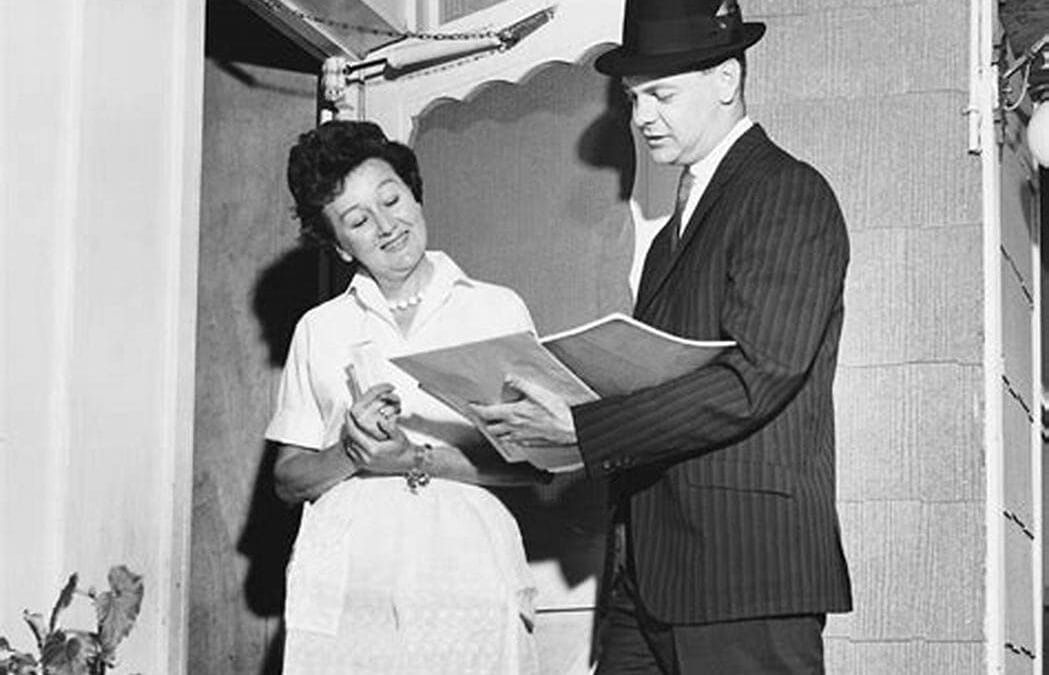
sales strategies in 20 century
From Door-to-Door to Digital Dominance
The Evolution of Sales has dramatically evolved over the centuries, reflecting changes in society, technology, and consumer behavior.
The Door-to-Door Era
In the late 19th and early 20th centuries, door-to-door sales were the primary method for reaching customers. Salesmen would visit homes to pitch products directly, often with a personalized touch.
Companies like the Fuller Brush Company and the Watkins Company thrived on this model, relying on face-to-face interactions to build trust and rapport with customers.
The Telephone Revolution
The mid-20th century introduced a new frontier in sales: the telephone. Telemarketing became a widespread practice, allowing salespeople to reach a larger audience without leaving their office. The direct line to potential customers’ homes and businesses meant more efficient sales processes and broader market reach.
It wasn’t without challenges, though, as cold calling sometimes met with resistance from annoyed recipients.
Modern Strategies and Tactics
Fast forward to today, and sales strategies have transformed with the rise of digital technologies.
The internet, social media, and big data have ushered in sophisticated, data-driven approaches to sales. Key modern strategies include:
- Inbound Marketing:
Attracting customers through content marketing, social media, and SEO, where potential customers come to the business, drawn by valuable and relevant content. - Customer Relationship Management (CRM):
Using software to track and manage customer interactions, improve relationships, and increase retention. - Personalization:
Leveraging data analytics to tailor products, services, and marketing messages to individual customer preferences. - Social Selling:
Utilizing social media platforms to connect with prospects, build relationships, and share insightful content. - Sales Automation:
Implementing technology to automate routine sales tasks, allowing salespeople to focus on high-value activities.
From knocking on doors to tapping on keyboards, the essence of sales remains unchanged: understanding customer needs and delivering value. But the tools and tactics have undoubtedly become more sophisticated and efficient. This evolution reflects our dynamic world and the relentless drive to connect businesses with their audiences in ever more meaningful ways.


